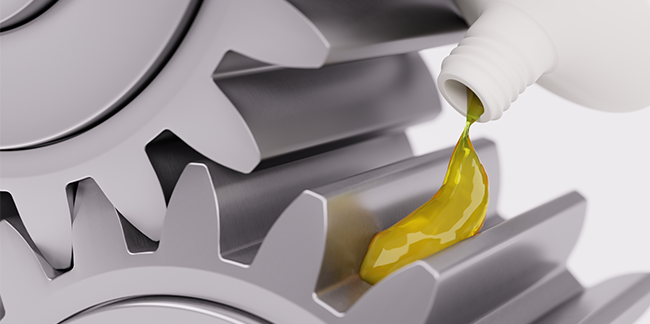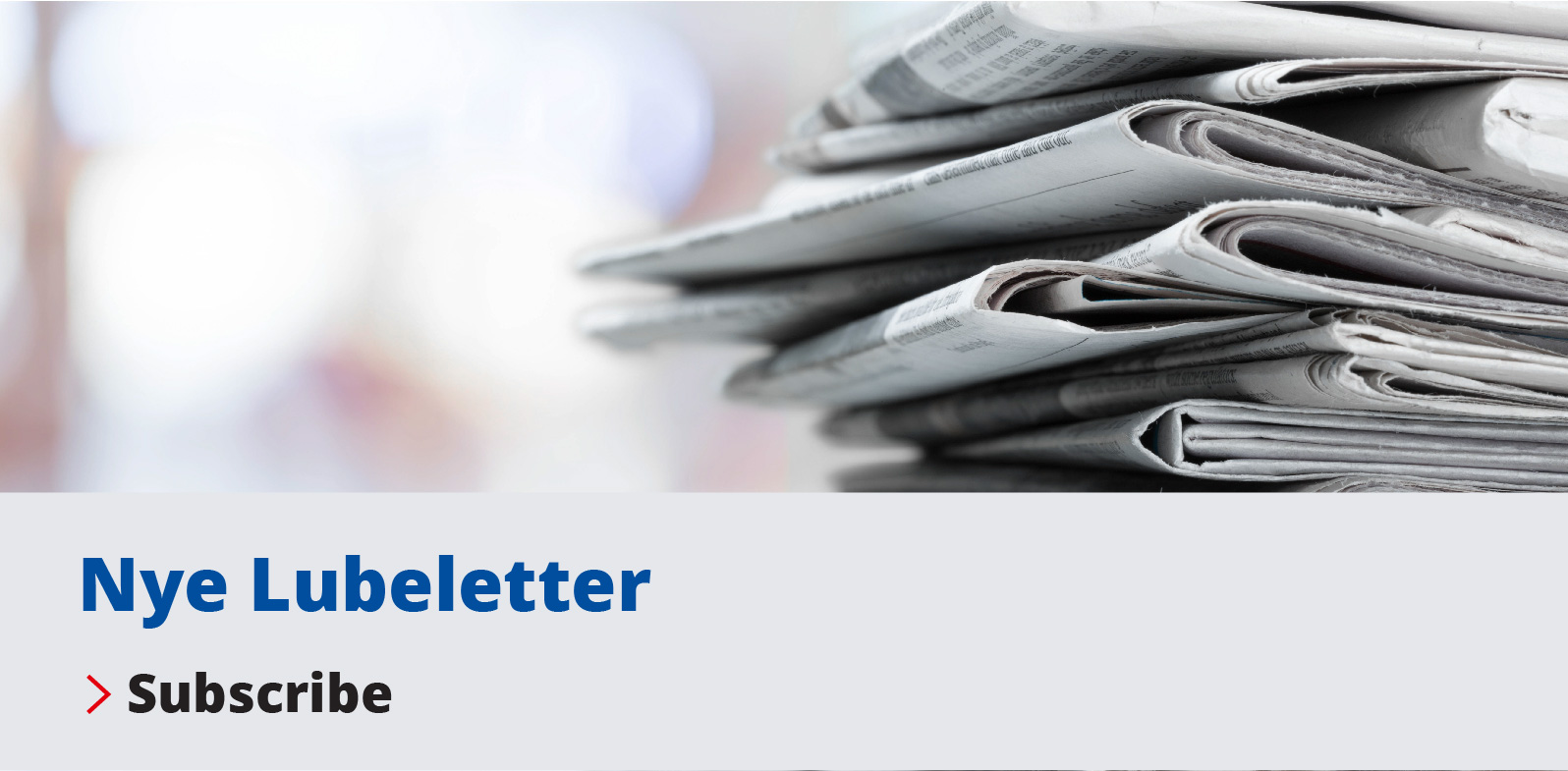5 Questions with our Gear Lubrication Expert
With more power comes more responsibility - unless you’re a gearbox, in which case more power often means more heat, noise, and weight. Maximizing gearbox efficiency can be a challenging task for engineers but luckily, grease can help.

We sat down with our gear lubrication expert and Senior Applications Test Design Engineer Kevin McBarron to learn more about how engineers are using grease to achieve their design goals.
When assessing whether to move from a petroleum-based to a synthetic gear lubricant, there are many factors that should be considered. Petroleum-based greases contain unwanted deposits that can hinder proper lubrication by introducing sources of friction in the system that then accelerate wear. Synthetic lubricants lack these deposits and can reduce heat and friction in a system and extend the overall life of an application. In some applications this may not matter; conversely in lube-for-life or cyclical type systems this could be paramount.
Other reasons to choose a synthetic lubricant over petroleum-based can be when specific temperature or rheological constraints are present. This is relevant in many aerospace, aviation, and defense applications where particular performance properties are required.
Understanding the contact surfaces of the moving components in an application is the best way to assess where and how to apply grease to a gear. Applying sufficient lubricant in the areas where sliding, rolling, or oscillatory type motion occurs will provide a protective barrier against friction and wear to ensure proper operation. When the goal is to maintain a lubricant barrier between moving contacts, the flow and film strength of the lubricant should always be considered. With that in mind, choosing the correct NLGI grade and viscosity is a good starting point.
From there, reviewing the materials in contact along with the operating temperatures can help further narrow down what types of oil and thickener combinations can be used; this being related to the material compatibility and service temperature range of the lubricant. Lastly, field testing is always encouraged as it can expose weak points in a design in which lubricant addivation can counteract. For example, if a grease is not adhering to the gear a tackifier can be added to the formulation. If abnormal gear wear is noticed, either extreme pressure (EP) or antiwear additives can be supplemented to provide advanced protection.
While many noise-generating attributes of a gearset are related to the mechanical properties of the system, specialty lubricants can be used to mitigate these issues. In some cases, a grease can be optimized to offer damping characteristics that can reduce vibration or gear chatter. While grease can help reduce noise, it should also be noted that insufficient lubrication, improper film strength, or insufficient replenishment can accelerate wear and vibration to generate noise. Choosing the correct lubricant and amount of lubricant is critical.
Without a sufficient film of lubrication separating metal-on-metal surfaces, high-load gears risk adhesive wear. Boundary lubrication describes the conditions under which opposing surfaces meet with little to-no oil film separation. This scenario can be intensified at higher loads due to the increase in oil film pressure which can result in accelerated wear.
To avoid the effects of boundary lubrication, a lubricant with excellent film strength should be selected. For metal gears, ester oils provide excellent surface friction reduction to support both high-load and high-speed gearbox operation. For lubricants that need an additional boost in performance, EP additives can be incorporated, offering a greater film strength and promoting sliding rather than welding of surface asperities.
At Nye Lubricants we currently have three classes of testing that are used to measure the performance of a gear lubricant: standard property, tribological, and application. Standard property tests are mainly focused on the lubricant’s standalone properties. Some examples of this are penetration testing under ASTM D217, which is used to understand the stiffness of a grease, and kinematic viscosity under ASTM D445 which is used to measure the lubricant’s base oil viscosity. ASTM D445 can also be used to calculate the viscosity index which quantifies viscosity change with respect to temperature.
In addition, tribological testing can also be used to simulate gear applications. Tribological tests can be employed to replicate specific test conditions and materials with simpler geometries like balls, disks, or rollers. This can be highly beneficial since actual component testing can be costly and time consuming. Moreover, tribology testing will typically have less variability in results with respect to component testing due to the simplicity of the substrates in contact. Examples of this are ASTM D5706 and ASTM D5707 which are used to test the extreme pressure and coefficient of friction properties of a lubricating grease in an oscillatory manor. In a more customizable approach, a Mini Traction Machine can be used to simulate more complex systems typically found in gearsets where sliding and rolling occurs simultaneously.
Lastly, in some special cases application testing can be done to fully understand how the lubricant will function in the field. This fully customizable approach involves the design and implementation of motors, sensors, and fixturing equipment to run field trials on the actual customer component. While time consuming, this approach can yield extremely valuable data such as operating temperatures, power consumption, vibration, even the lifecycle of an application.


